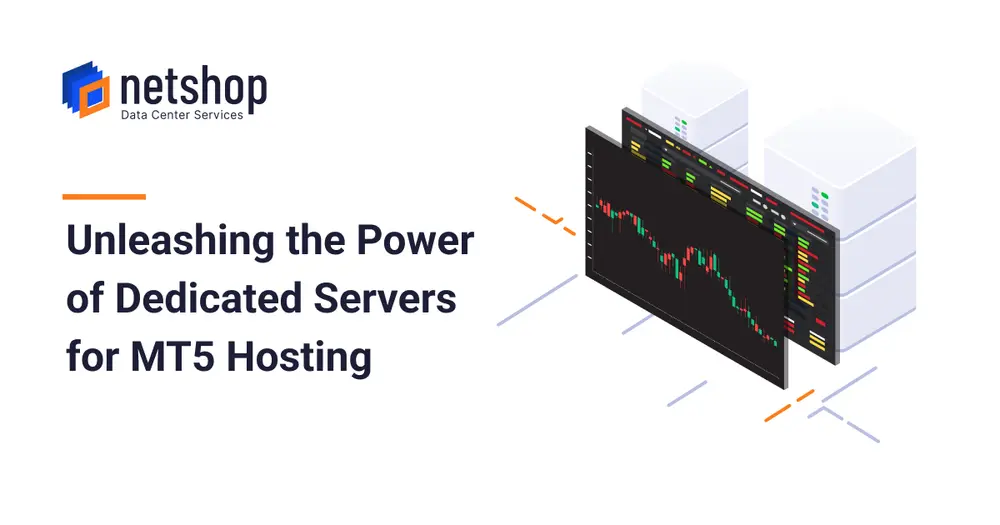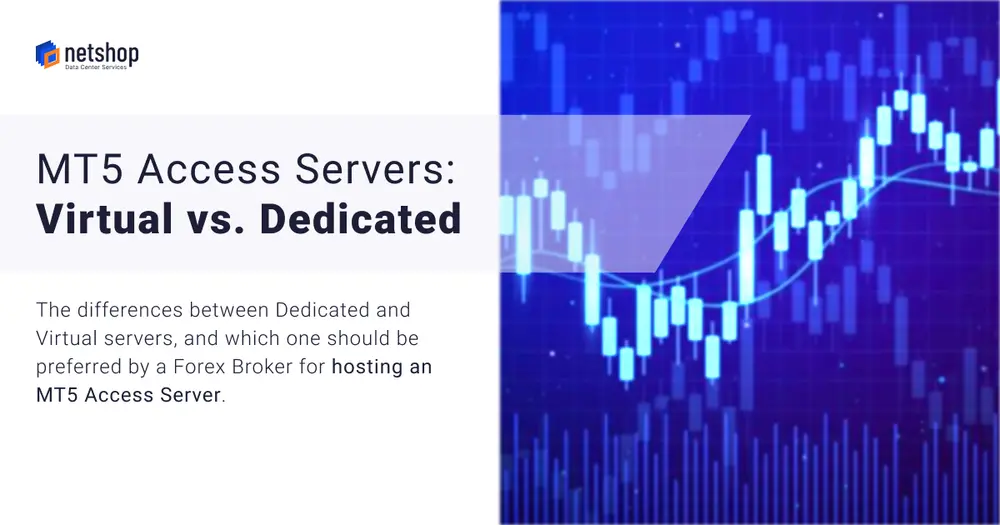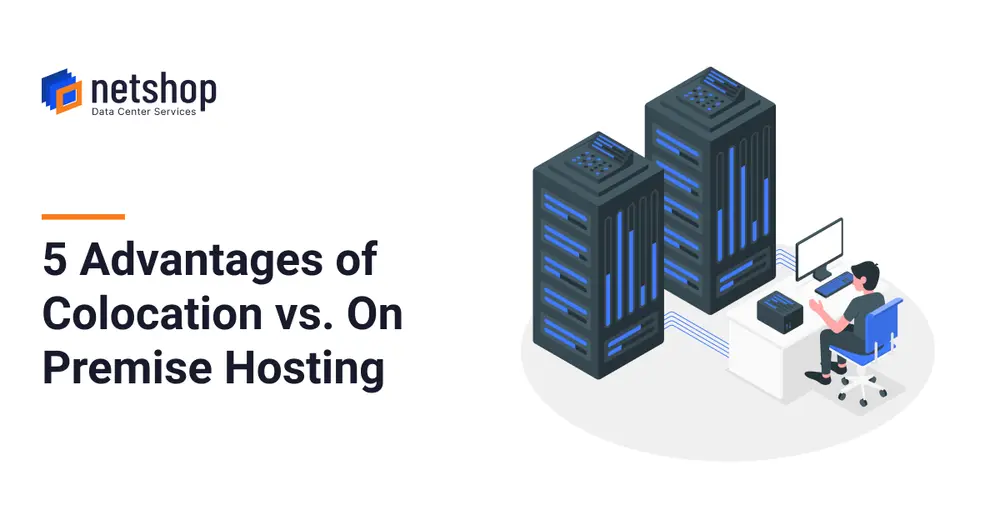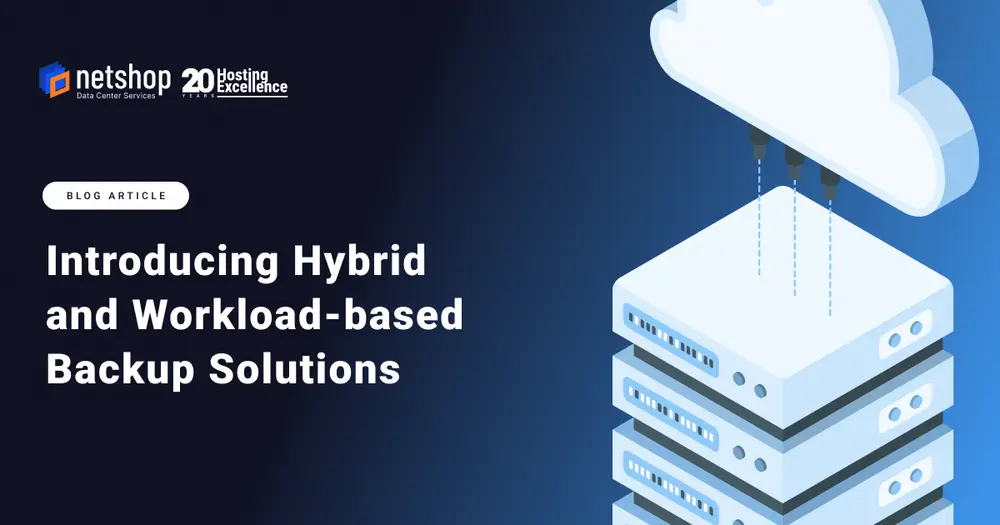Since the rapid incline of high-frequency trading in the early 2000’s, low latency has been a focal point amongst financial markets. Cutting-edge technology has seen tick-to-trade become the metric that matters – with intervals less than just one microsecond meaning that latency has subsequently been replaced with ultra-low latency (ULL) in liquid markets.
Related Article: How to start trading Forex with low latency
Achieving ultra-low latency cannot be attained by any single product, but rather a combination of both technology and strategic networking decisions required in order to create the optimal trading environment. That’s why, in this article, we’ve broken down all of the necessary components needed for faster trading operations.
How your trading strategy affects ultra-low latency
Certain trading strategies, like algorithmic trading models for instance, are completely dependent on ultra-low latency to enable the seamless execution of tens of thousands of trades per second. With trading infrastructure for latency-sensitive strategies requiring a substantial investment, it’s important to assess whether the costs of achieving ultra-low latency are worthwhile in terms of your overall trading strategy.
Distinguishing between latency sensitivity and latency dependency is the first step in ascertaining the infrastructure required to execute your trading strategies, as there is a stark difference between the two.
A latency-sensitive strategy is one in which the execution of faster trades certainly generates a higher return, but can still be accomplished without ultra-low latency. Generally, these strategies are built over multiple markets, making ultra-low latency for each exchange difficult to achieve due to market fragmentation. In this case, certain network decisions like choosing quality connections between data centers can heavily reduce latency.
In contrast, ultra-low latency is fundamental for latency-dependent strategies, where the loss of a single nanosecond could be detrimental to a trade’s successful execution. These strategies are practical in a single-market situation, where tick-to-trade optimization can be implemented between your infrastructure and the exchange.
Infrastructure for ultra-low latency
In trading, latency is defined by the time delay between any two points of an infrastructure. It’s crucial to consider tick-to-trade latency when building your trading architecture, as the trade performance metric denotes the time interval between receiving market data and sending the trading order. A strong emphasis on the networking between your hardware and that of the trading exchange is essential when evaluating this latency measure.
Although expensive, colocation and market data feeds directly from the exchanges are often required to achieve ultra-low latency. Put simply, the distance in which data has to travel directly corresponds with the amount of time it takes to be received. Thus, to reduce physical distance, many firms opt for colocation of their rack space in the same data centers as exchanges, and cross-connects to increase performance. Additionally, by receiving exchange direct-feed data rather than market data via consolidated feeds from SIPs, latency can be further reduced in order to achieve ULL.
Hardware must also be considered when evaluating network latency, with new hardware potentially contributing to 50% less latency. The network switches at each point of the trading infrastructure play a crucial role for tick-to-trade latency, as they manage how data is communicated across the network and therefore are a key component in aligning your network to meet trading opportunities with ULL.
Interconnected Global Network Infrastructure
NetShop ISP’s dedicated Forex Hosting Solutions cater to clients seeking to directly access and communicate with Liquidity Providers and other financial data partners in global Equinix data centers. Available for both start-ups and larger financial entities, our solution offers a premium environment for any Brokerage looking to achieve ultra-low latency and optimal hosting of their MT4/MT5 and cTrader servers.
NetShop ISP’s in-house experts work closely with clients to create tailored solutions for their specific needs, while also providing proactive 24/7 business and technical support. Our enterprise-grade infrastructure provides the sub-millisecond connectivity that is essential for creating a superior trading environment. NetShop ISP operates a fully redundant global network in London, Amsterdam, Singapore and Cyprus with cross-connectivity in all major Equinix data centers.
Contact us to discuss your Infrastructure requirements with our dedicated Forex hosting specialists.





















